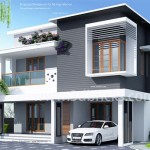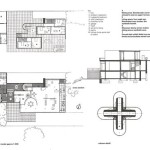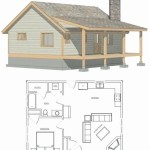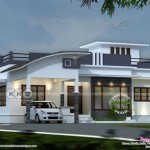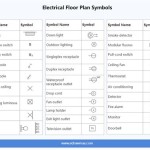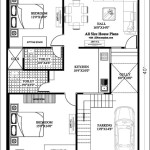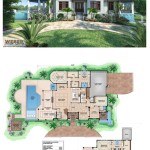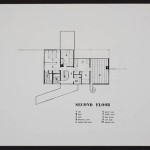Essential Aspects of Grain Bin House Plans
Grain bin homes, also known as grain elevators, are unique architectural structures converted from functional grain storage facilities into captivating living spaces. With their cylindrical shape, expansive interiors, and industrial aesthetics, they offer an unconventional and sustainable building option.
1. Structural Integrity and Safety
The primary consideration when designing grain bin homes is structural integrity. The cylindrical shape and thick steel walls provide inherent strength, but modifications for doors, windows, and roofing require careful engineering. Ensuring proper ventilation and moisture control is crucial to prevent corrosion and maintain a healthy indoor environment.
2. Insulation and Energy Efficiency
Grain bins lack traditional insulation due to their industrial design. To achieve energy efficiency, additional insulation must be installed inside or outside the walls. Spray foam insulation, cellulose, or fiberglass can significantly reduce heat transfer, lowering energy costs and improving comfort levels.
3. Interior Design and Functionality
The vast uninterrupted interior space of a grain bin house allows for maximum design flexibility. Create open-concept living areas, loft bedrooms, or industrial-inspired workspaces. Natural light can be introduced through skylights or large windows, while exposed steel beams and concrete floors add a raw and urban aesthetic.
4. Mechanical Systems and Utilities
Installing electrical, plumbing, and HVAC systems within a grain bin requires careful planning. Conduits, pipes, and ductwork must be strategically placed to minimize disruption to the interior space. Consider solar panels or geothermal heating and cooling systems for sustainable energy solutions.
5. Accessibility and Safety Features
Accessibility is a key aspect to consider in grain bin homes. Elevators or interior ladders may be necessary to reach upper levels, and fire safety features such as smoke detectors and sprinkler systems are essential. Proper lighting and ventilation ensure a safe and comfortable living environment.
6. Aesthetics and Exterior Modifications
While grain bins have an inherent industrial charm, exterior modifications can enhance their aesthetics. Add siding or cladding for a more finished look, or incorporate decorative elements such as windows, balconies, or patios. By blending industrial and residential design, you can create a unique and eye-catching exterior.
7. Zoning and Regulations
Before embarking on a grain bin home project, consult local zoning laws and building codes. Some jurisdictions may have restrictions on the conversion of industrial structures into residential properties. Obtain necessary permits and approvals to ensure your project meets all relevant regulations.
8. Sustainable and Eco-Friendly Considerations
Grain bin homes offer sustainable building options. By repurposing existing structures, you reduce construction waste and environmental impact. The use of recycled materials and energy-efficient systems further enhances the eco-friendliness of these homes.

Grain Bin Cabin Plan Silo House Floor Plans

The Classic Plan Silo House Grain Bin Round Plans

The Classic Plan Grain Bin House Round Plans

Grain Bin Cabin Plan

Grain Bins As Affordable Housing Natural Building Blog

Grain Bin Cabin Plan

How To Build A Grain Bin House Building

The Classic Plan Round House Plans Silo Grain Bin

Grain Bins As Affordable Housing Natural Building Blog

How To Build A Grain Bin House Building

